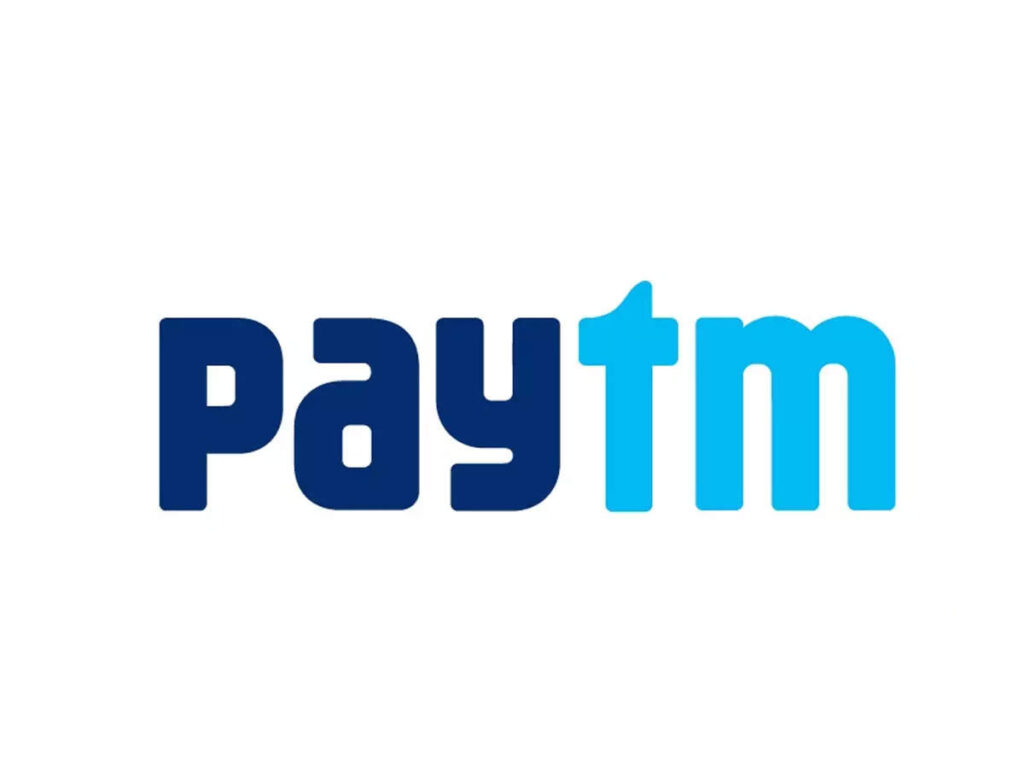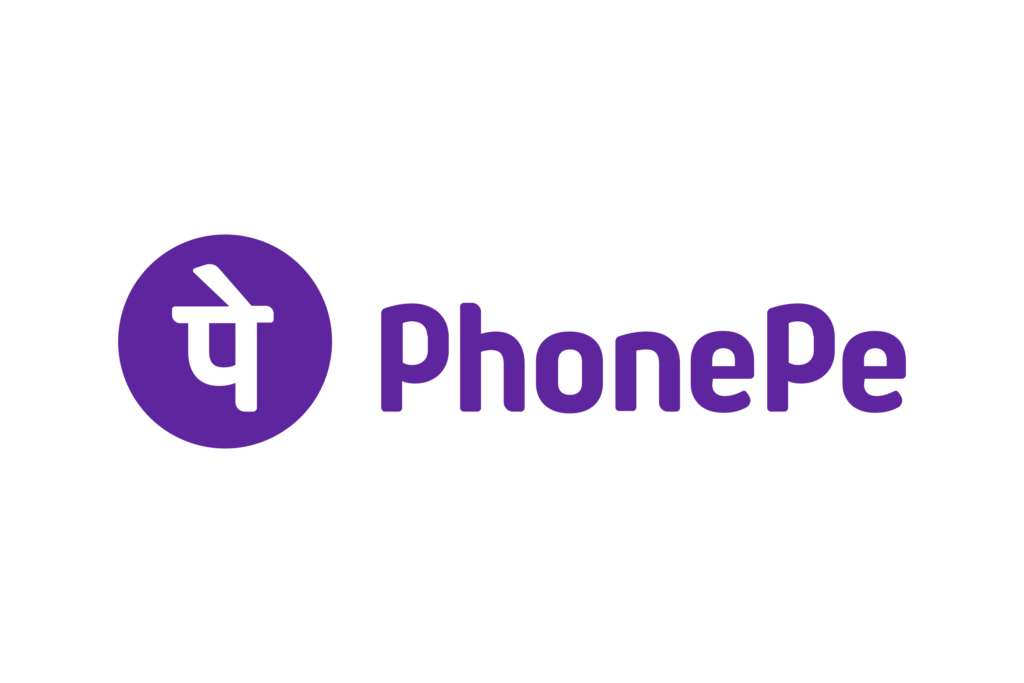Cybersecurity threats pose significant risks to businesses, particularly those handling vast amounts of sensitive data. In 2020, Paytm, India’s leading digital payments platform, faced a major cybersecurity breach that compromised the personal data of millions of users. This case study delves into the details of the breach, Paytm’s response, and the lessons learned from the incident, showcasing how the company managed to mitigate the damage and restore customer trust through a robust cyber insurance policy and proactive cybersecurity measures.
Overview
On 20 August, 2020, Paytm, India’s leading digital payments platform, faced a significant cybersecurity breach that compromised the personal data of millions of users. Hackers gained unauthorized access to Paytm Mall’s database, leading to widespread concern about the security of digital payment systems in India. Despite the incident’s severity, Paytm’s robust cyber insurance policy and proactive approach to cybersecurity played crucial roles in mitigating financial losses and restoring customer trust.
Company Overview
Paytm is a prominent digital payments platform in India, offering various services, including online transactions, mobile recharges, utility bill payments, and e-commerce through Paytm Mall. The platform serves millions of users across India, providing a seamless and convenient digital payment experience.
Cybersecurity Breach Incident
In 2020, hackers successfully breached Paytm Mall’s database, gaining access to sensitive user information, including personal details and financial data. This incident not only damaged Paytm’s reputation but also highlighted the vulnerabilities in digital payment systems and the critical need for robust cybersecurity measures.
Detailed Analysis of the Breach
Timeline of Events
- Initial Breach: Hackers infiltrated Paytm Mall’s database in mid-2020, exploiting a vulnerability in the platform’s security infrastructure.
- Data Compromised: The breach exposed sensitive user information, including names, email addresses, phone numbers, and financial details such as payment methods and transaction histories.
- Detection and Response: The breach was detected within a few days, and immediate measures were taken to contain the threat and prevent further data leakage.
- Public Disclosure: Paytm disclosed the breach to the public and regulatory authorities, emphasizing their commitment to transparency and user protection.
Impact on Paytm
- Reputation Damage: Paytm’s reputation suffered significantly as users questioned the security of their personal and financial information.
- User Trust: The breach eroded customer trust, potentially leading to a decline in user engagement and retention.
- Regulatory Scrutiny: The incident attracted attention from regulatory bodies, prompting a thorough investigation into Paytm’s cybersecurity practices.
Vulnerabilities Exploited
- Weak Authentication Mechanisms: Hackers exploited weak authentication protocols to gain unauthorized access.
- Inadequate Encryption: Insufficient encryption of sensitive data allowed hackers to easily read and use the stolen information.
- Lack of Regular Security Audits: The absence of regular security audits and updates left the system vulnerable to attacks.
Table: Key Details of the Paytm Mall Data Breach
| Aspect | Details |
| Date of Breach | 2020 |
| Type of Data Compromised | Personal details, financial data |
| Number of Affected Users | Millions |
| Primary Vulnerabilities | Weak authentication, inadequate encryption, lack of security audits |
| Immediate Actions Taken | Threat containment, public disclosure, regulatory notification |
| Long-term Consequences | Reputation damage, user trust erosion, regulatory scrutiny |
Incident Analysis
Nature of the Breach
Hackers exploited vulnerabilities in Paytm Mall’s security infrastructure, allowing them to gain unauthorized access to the database. The compromised data included personal information such as names, email addresses, phone numbers, and financial details of millions of users. The breach raised serious concerns about the safety and security of digital payment platforms in India.
Immediate Consequences
- Reputation Damage: Paytm’s reputation took a significant hit as users questioned the security of their personal and financial information.
- User Trust: The breach eroded customer trust, leading to a potential loss of users who feared further data breaches.
- Regulatory Scrutiny: The incident attracted the attention of regulatory authorities, prompting a thorough investigation into Paytm’s security practices and measures.
Paytm’s Response
Cyber Insurance Policy
Paytm had a comprehensive cyber insurance policy in place, which proved instrumental in managing the aftermath of the breach. The insurance coverage helped Paytm in several ways:
- Investigation Costs: Covering the expenses associated with investigating the breach and identifying the vulnerabilities.
- User Notification: Funding the costs of notifying affected users about the breach and the steps being taken to protect their data.
- Enhanced Security Measures: Implementing advanced security measures to prevent future breaches.
- Compensation for Losses: Providing compensation for any financial losses incurred by users due to fraudulent activities resulting from the breach.
Proactive Cybersecurity Measures
Paytm’s proactive approach to cybersecurity involved several key steps:
- Immediate Response: Swift action to contain the breach and minimize further damage.
- User Communication: Transparent communication with affected users, providing them with timely updates and guidance on protecting their information.
- Security Enhancements: Investing in advanced security technologies and practices to strengthen the platform’s defenses against future attacks.
- Employee Training: Conducting mandatory cybersecurity training for all employees to enhance awareness and vigilance.
Lessons Learned
Importance of Cyber Insurance
The breach underscored the importance of having a robust cyber insurance policy. Paytm’s insurance coverage played a vital role in mitigating the financial impact of the breach and restoring customer trust. It covered the costs of investigation, user notification, security enhancements, and compensation for losses, allowing Paytm to manage the situation effectively.
Table 1: Immediate Response and Containment
| Action | Description | Responsible Party | Status |
| Containment Measures | Immediate actions to contain the breach | Paytm Cyber Team | Completed |
| Breach Investigation | Detailed investigation to identify vulnerabilities | External Security Firm | Ongoing |
| User Notification | Informing affected users about the breach | Paytm Customer Support | Completed |
Requirement for Continuous Security Improvement
The incident highlighted the need for continuous improvement in cybersecurity measures. Paytm’s investment in advanced security technologies and practices post-breach demonstrated a commitment to protecting user data and maintaining platform integrity.
Table 2: Enhanced Security Measures
| Action | Description | Responsible Party | Status |
| Advanced Security Technologies | Implementing state-of-the-art security tools | Paytm IT Department | In Progress |
| Regular Security Audits | Conducting regular audits to identify weaknesses | External Auditors | Planned |
| Employee Training Programs | Mandatory cybersecurity training for all employees | Paytm HR Department | In Progress |
User Awareness and Trust
Transparent communication with users is critical in the aftermath of a security breach. Paytm’s efforts to keep users informed and provide guidance on protecting their information helped rebuild trust and confidence in the platform.
Table 3: Compensation and User Trust
| Action | Description | Responsible Party | Status |
| User Compensation | Providing financial compensation for losses | Paytm Finance Department | Ongoing |
| Transparent Communication | Keeping users informed about the steps taken | Paytm PR Department | Ongoing |
| Restoring User Trust | Rebuilding trust through proactive measures | Paytm Management | Ongoing |
Key Takeaways
- Cyber Insurance: Essential for managing financial impacts and restoring user trust after a breach.
- Continuous Improvement: Regular updates to security measures and practices are crucial.
- User Communication: Transparency and proactive communication help rebuild trust.
- Employee Training: Enhancing cybersecurity awareness among employees is vital for overall security.
Paytm’s experience serves as a valuable lesson for other digital payment platforms, emphasizing the need for comprehensive cybersecurity strategies and preparedness to effectively handle and recover from cyber threats.
Conclusion
The cybersecurity breach at Paytm in 2020 highlighted the critical need for robust security measures and proactive risk management strategies in digital payment platforms. Despite the significant impact of the breach, Paytm’s comprehensive cyber insurance policy and proactive approach to enhancing cybersecurity allowed the company to effectively manage the situation, mitigate financial losses, and restore user trust.
By investing in advanced security technologies, conducting regular audits, and prioritizing employee training, Paytm demonstrated a commitment to protecting user data and maintaining platform integrity. This case study underscores the importance of being prepared with a solid cyber insurance policy and continually improving security practices to safeguard against future threats.
Frequently Asked Questions (FAQs)
- What was the main cause of the Paytm Mall cybersecurity breach in 2020?
The breach occurred due to hackers exploiting vulnerabilities in Paytm Mall’s security infrastructure, including weak authentication mechanisms and inadequate encryption of sensitive data.
- How did Paytm respond to the cybersecurity breach?
Paytm responded by taking immediate actions to contain the breach, notifying affected users, conducting a detailed investigation, implementing enhanced security measures, and providing compensation for any financial losses incurred by users due to fraudulent activities.
- What role did cyber insurance play in managing the breach’s aftermath?
Paytm’s comprehensive cyber insurance policy was crucial in managing the financial impact of the breach. The insurance covered investigation costs, user notification expenses, implementation of advanced security measures, and compensation for user losses.
- What steps did Paytm take to prevent future cybersecurity breaches?
Paytm invested in advanced security technologies, conducted regular security audits, implemented mandatory cybersecurity training programs for all employees, and enhanced their overall cybersecurity practices to strengthen their defenses against future attacks.
- What lessons can other companies learn from Paytm’s experience with the cybersecurity breach?
Key lessons include the importance of having a robust cyber insurance policy, the need for continuous improvement in cybersecurity measures, the value of transparent communication with users, and the necessity of regular employee training to enhance cybersecurity awareness.
Click here, to know more about Uber 2016 Data Breach.









